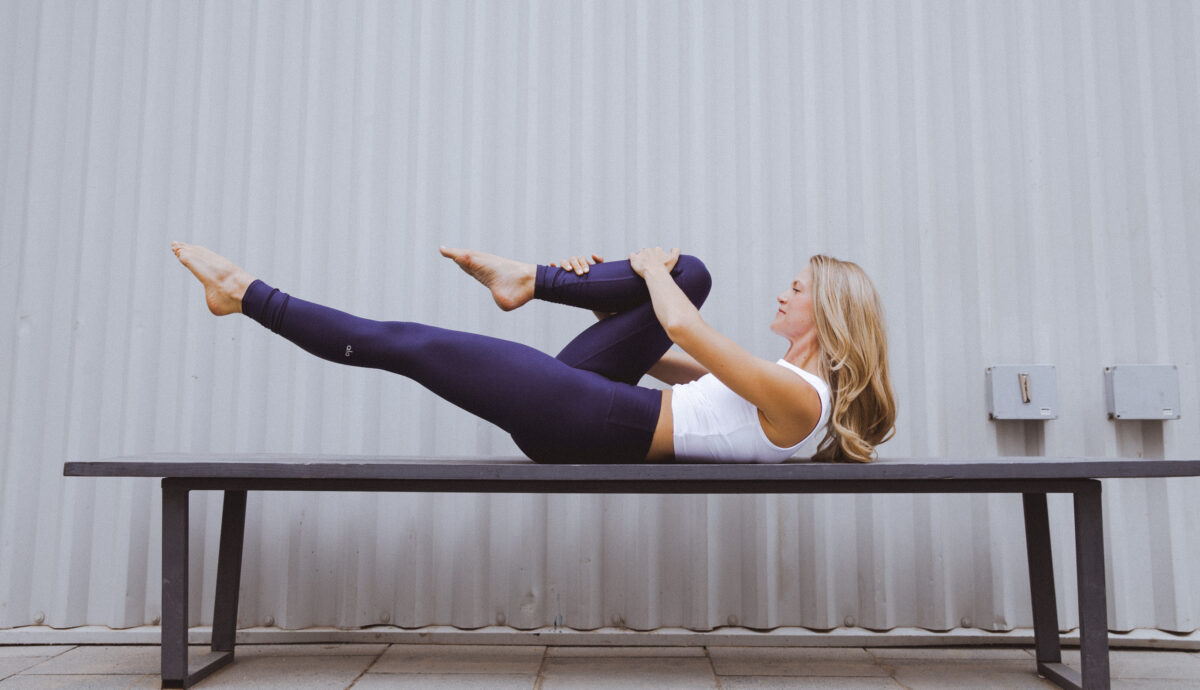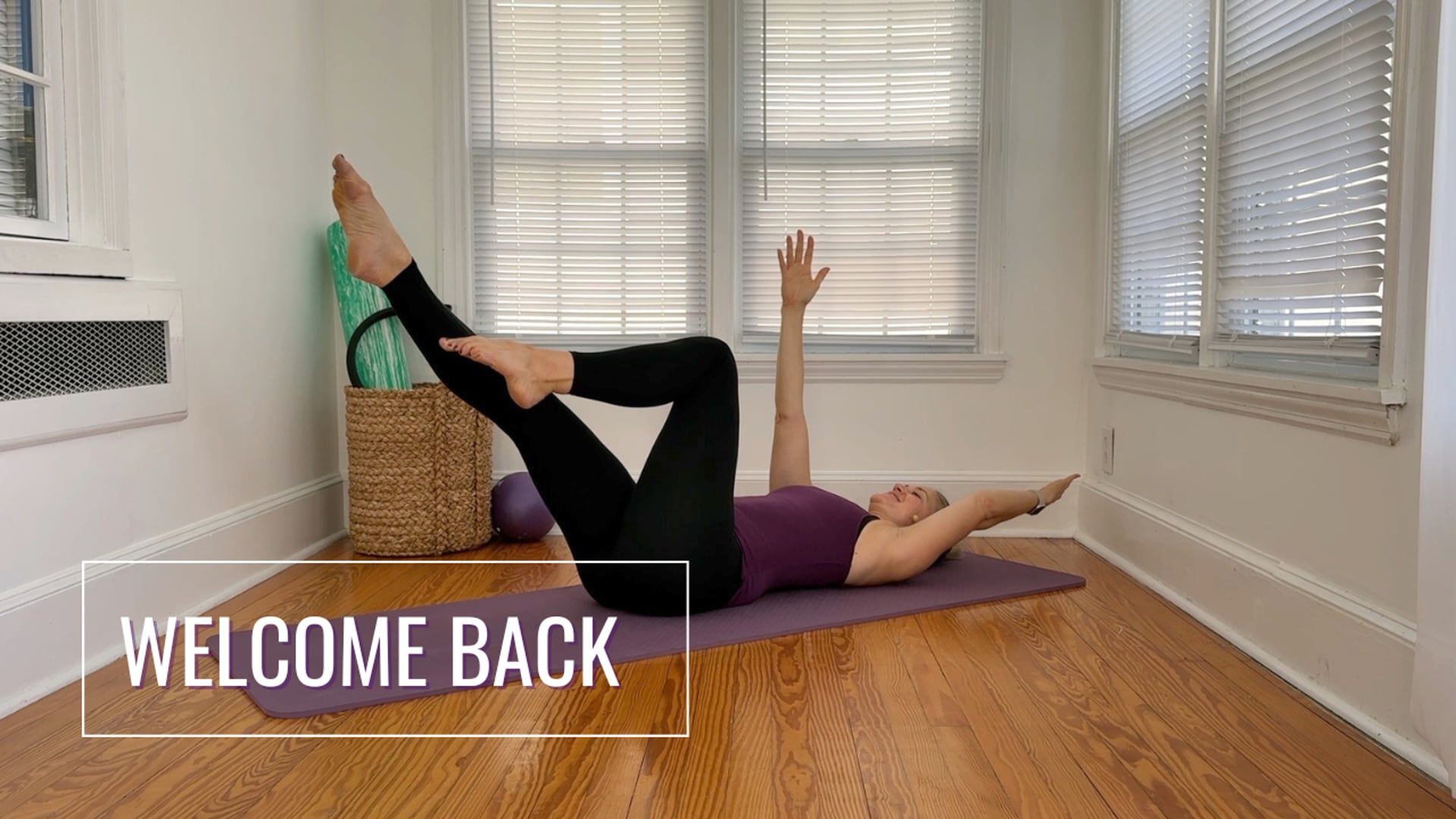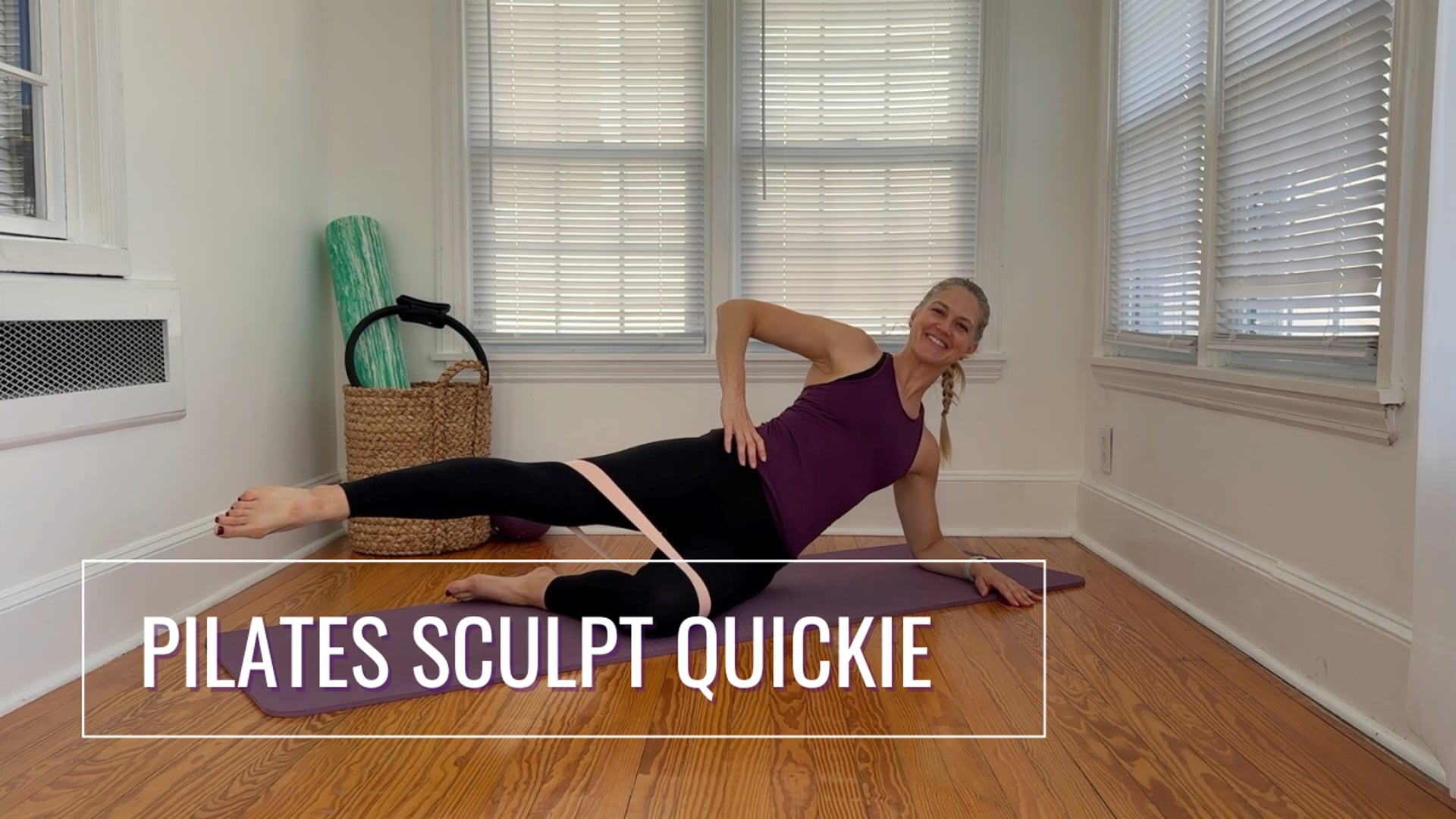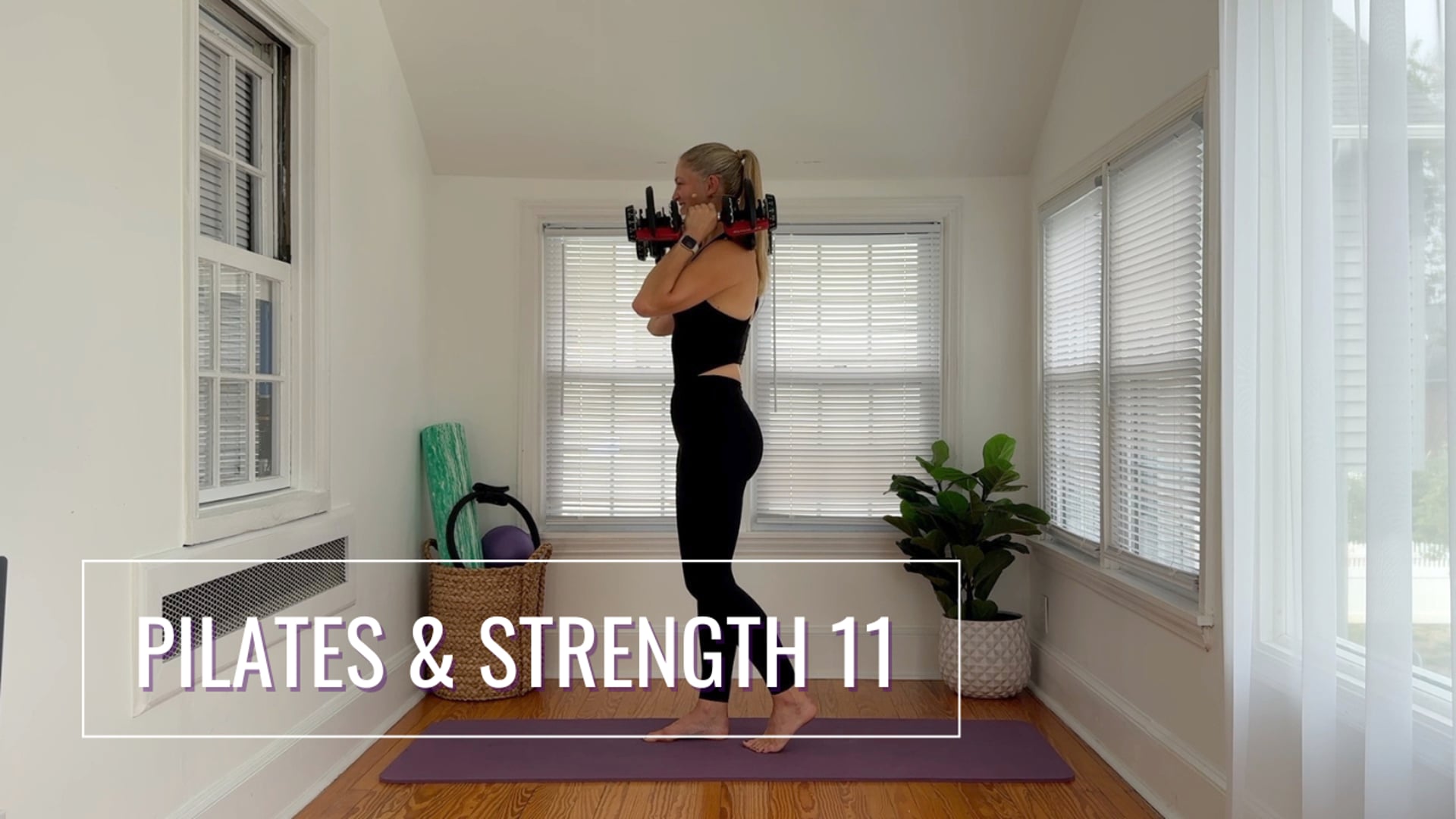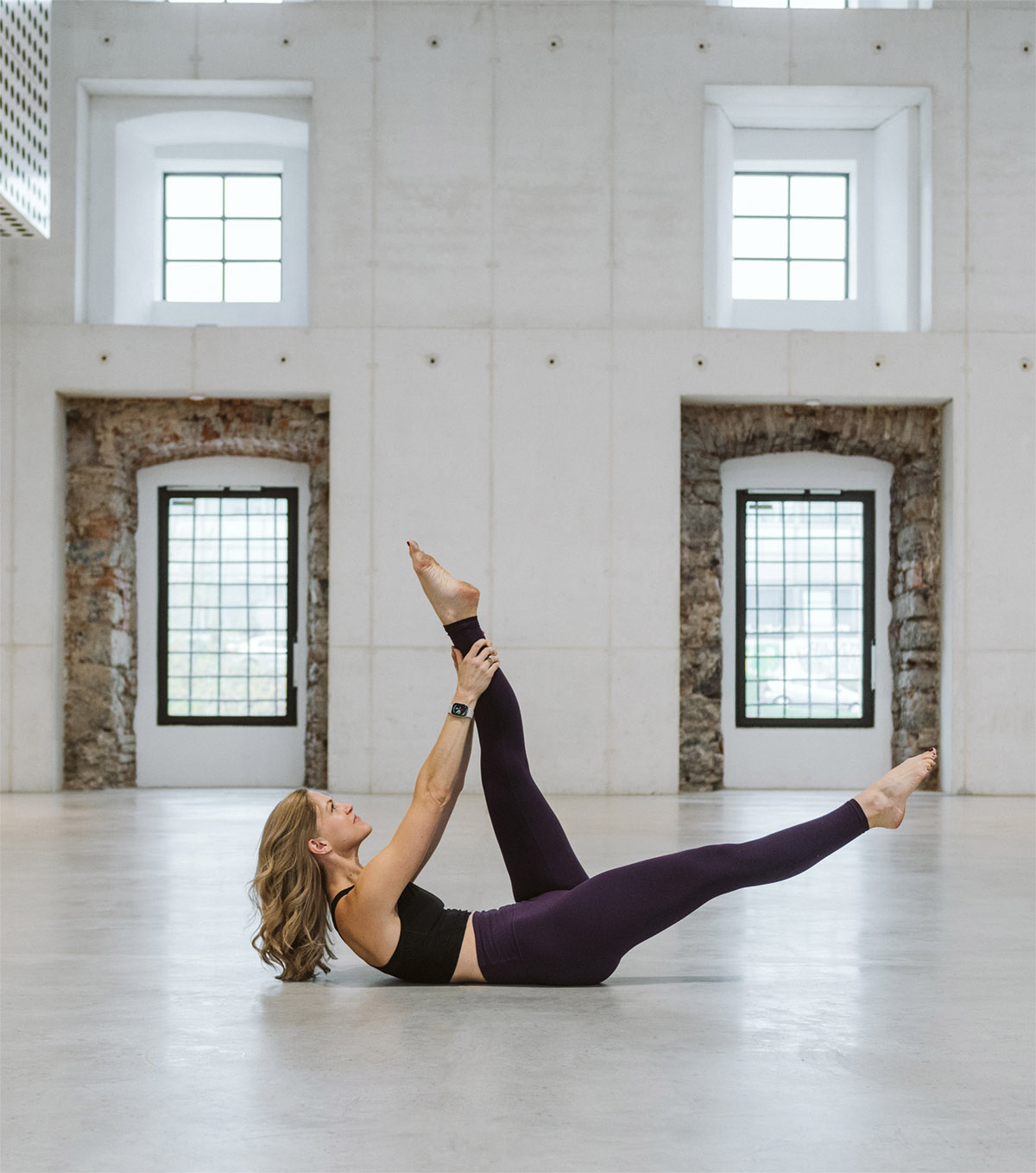One of the key principles in Pilates is the balance between length and stability—creating space and extension in the arms and legs while maintaining a strong and solid core. If you’ve ever taken a Pilates class, you’ve probably heard cues like “reach through your fingertips,” “extend your legs long,” or “imagine growing taller.” These aren’t just poetic phrases; they serve a critical purpose in helping you move more efficiently, improve posture, and build strength without unnecessary tension.
The Role of a Stable Core
At the heart of Pilates is core strength. Your core isn’t just your abs—it includes your deep stabilizing muscles, such as the transverse abdominis, pelvic floor, and multifidus muscles along the spine. A strong core acts as a foundation, keeping your body stable as you move your arms and legs. Extending your limbs without core stability can lead to compensations, such as arching the lower back or gripping the neck and shoulders. This can cause discomfort and even limit the effectiveness of the exercises.
When you engage your core correctly, you create a solid center from which your limbs can move freely. This protects your spine and ensures that your movements are controlled and intentional rather than relying on momentum or strain.
Why Creating Length Matters
Pilates is all about elongation rather than compression. Lengthening the arms and legs while maintaining core engagement does several things:
Improves Posture – When you focus on length, you naturally encourage better spinal alignment. This counteracts the effects of daily activities that often lead to poor posture, like sitting at a desk or looking down at a phone.
Enhances Body Awareness—Reaching through your limbs creates a deeper connection to your body and helps you understand how different parts work together. This awareness translates to better movement patterns in and out of your Pilates practice.
Increases Flexibility and Mobility – Pilates promotes dynamic flexibility, unlike static stretching, meaning you gain mobility while building strength. The intentional lengthening of muscles helps prevent tightness and stiffness.
Encourages Efficient Movement – When you extend your limbs fully, you tap into the natural length of your muscles. This allows smoother, more controlled movements and prevents unnecessary gripping or strain in the wrong areas.
How This Looks and Feels in Your Pilates Practice
Focus on Opposition – Think about reaching in two directions at once. If you’re in a side-lying leg lift, extend through the top of your head while reaching your foot away from your body. This creates space and prevents sinking into the supporting side. Always think length over height or range of motion.
Engage the Core First – Ensure your core is active before moving your arms or legs. This doesn’t mean sucking in your stomach but rather gently drawing your abdominals in and up, maintaining a sense of connection without rigidity.
Use Imagery – Visualize yourself as a marionette, with strings gently pulling you taller. Or, picture your arms and legs extending beyond their actual length. These cues help reinforce proper alignment and engagement.
Control the Movement—Avoid flinging your arms or legs. Move with intention and precision, keeping your core engaged to support the action.
Breathe with Purpose – Inhale to prepare, and exhale as you extend. Your breath provides oxygen and helps activate the deep core muscles that stabilize your movements.
Creating length in your arms and legs while maintaining a stable core is fundamental to effective Pilates practice. This balance fosters strength, control, and grace—helping you move easily in everyday life. So the next time you’re in class, embrace that feeling of length and stability. Your body will thank you!

